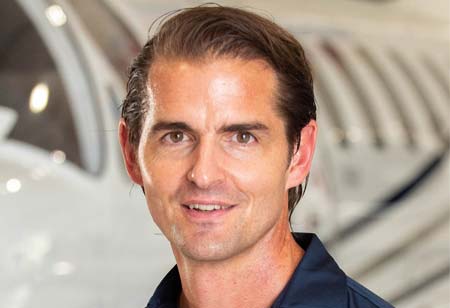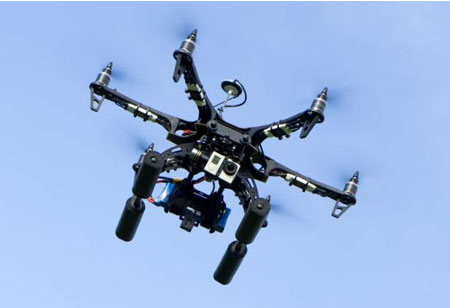THANK YOU FOR SUBSCRIBING

Military UAVs-How Interoperable Satcom Keeps the Hunters From Becoming the Hunted
Rick Lober, VP and General Manager, Hughes Defense, and Intelligence Systems Division

 Rick Lober, VP and General Manager, Hughes Defense, and Intelligence Systems Division
Rick Lober, VP and General Manager, Hughes Defense, and Intelligence Systems DivisionNearly every day, military missions around the world rely on unmanned aerial vehicles (UAVs) for real-time mission intelligence—a technology that has taken off over the last twenty years. UAVs have become standard military equipment according to Intelligent Aerospace in their Drone Databook, a study released in September 2019, which shows that at least 95 countries maintain active military UAV programs, a 58 percent increase over just a decade ago.
While this new breed of aircraft has given militaries an unquestionable advantage in the war on terror, it has been called into question as to whether current UAV capabilities and the networks they operate on would stand up against a technologically advanced adversary. Given the rise in RF jamming, GPS spoofing, and other forms of deliberate interference with UAVs in global hotspots, it has become clear that the satellite communications (SATCOM) systems that UAVs rely on require ever-higher network resilience to withstand operations in contested environments.
With the near-global availability of commercial high throughput satellites (HTS), militaries worldwide have started to leverage them in conjunction with their government-owned satellites for Beyond Line of Sight (BLoS) communications. Yet though they offer the promise of ubiquity and high speeds, essential for UAV operations, some current SATCOM systems in use by the military today only offer single-threaded terminals which are vulnerable to interference and disruption because they cannot switch to alternate satellites. This requirement to increase network resilience and availability is of no less urgency in the commercial enterprise world and is being addressed by leading SATCOM system providers such as Hughes.
"The satellite communications (satcom) systems that uavs rely on require ever-higher network resilience to withstand operations in contested environments"
To add secondary and tertiary paths to a SATCOM terminal, standard interfaces need to be established to allow for systems to interoperate. Leveraging a multi-modem terminal onboard a UAV enables transmissions to be re-routed to another available satellite (regardless if military or commercially operated), which can overcome intentional interference and jamming. For this open standard architecture to work, it requires terminal control automation through the use of Software-Defined Networking (SDN) to intelligently connect the platform and ensure the highest possible network availability no matter where it’s operating around the globe.
Recently, the DoD has started to pursue such resilient SATCOM architectures for various fleets of UAV platforms. These modernization initiatives will help provide open-architecture capabilities in support of multi-band operations while ensuring greater resilience for mission-critical intelligence gathering and information sharing by joint forces as part of multi-Domain Operations (MDO).
The DoD and other allied ministries of defense are transforming how they deter and fight adversaries, and UAVs have become a central element to their strategy. In an era when data is as critical as weapons and armor in a conflict, the DoD deserves the best of what’s commercially available. It should not be locked into operating the vulnerable, closed network systems of the past. It’s clear that warzones are becoming increasingly contested. Resilient, interoperable satellite communications networks need to be leveraged for continued readiness and tactical superiority.
Read Also




















ON THE DECK